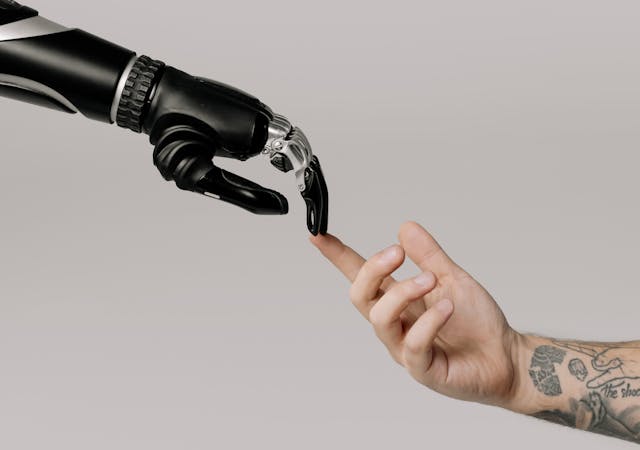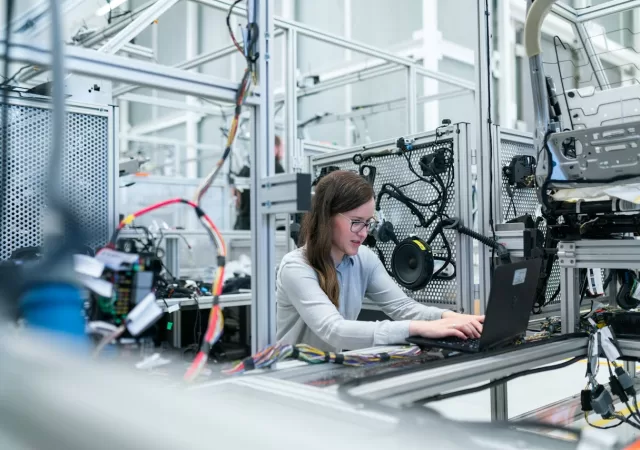Uncover the role of Lenovo in addressing the digital skills gap, making workplace technology accessible for everyone.
Work With What You’ve Got To Streamline Operations
Mr Varinderjit Singh, General Manager at Lenovo Malaysia shares insights into the manufacturing industry and discover effective ways to increase output in a challenging economic environment.
New Life: Replacement Doesn’t Have To Be The End
Varinderjit Singh, General Manager of Lenovo Malaysia, discusses the realities of electronic waste and introduces sustainable device repair.
Tech Solutions Executives Must Consider Levelling Up Their Team
Unlocking new levels of productivity is not just about the right team, it’s equipping them with the right technologies to succeed.
How To Balance Business Innovation and Operational Excellence
Mr Varinderjit Singh, General Manager at Lenovo Malaysia weighs in on the expanded role of CIOs and how to balance business innovation and operational excellence.







